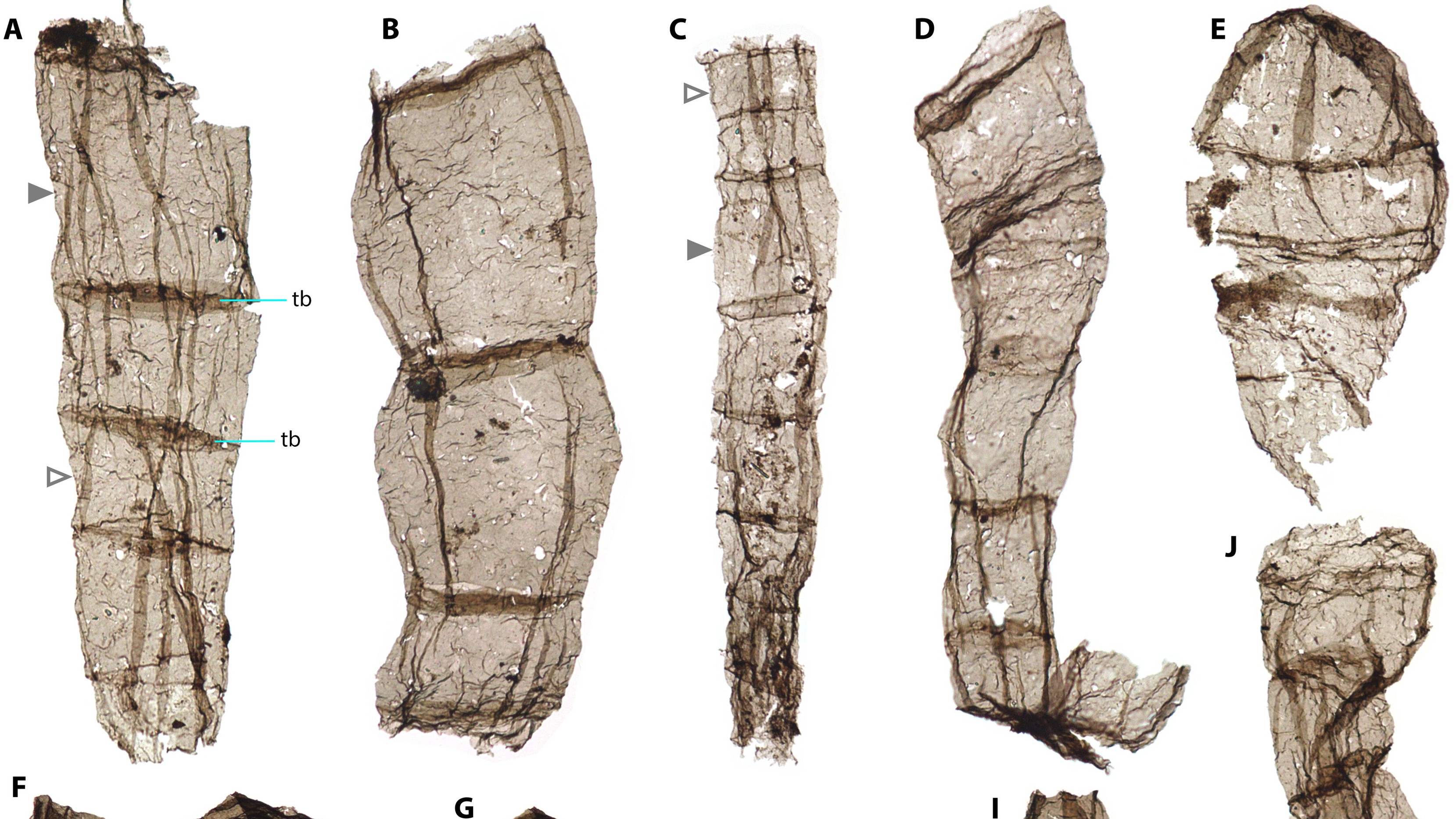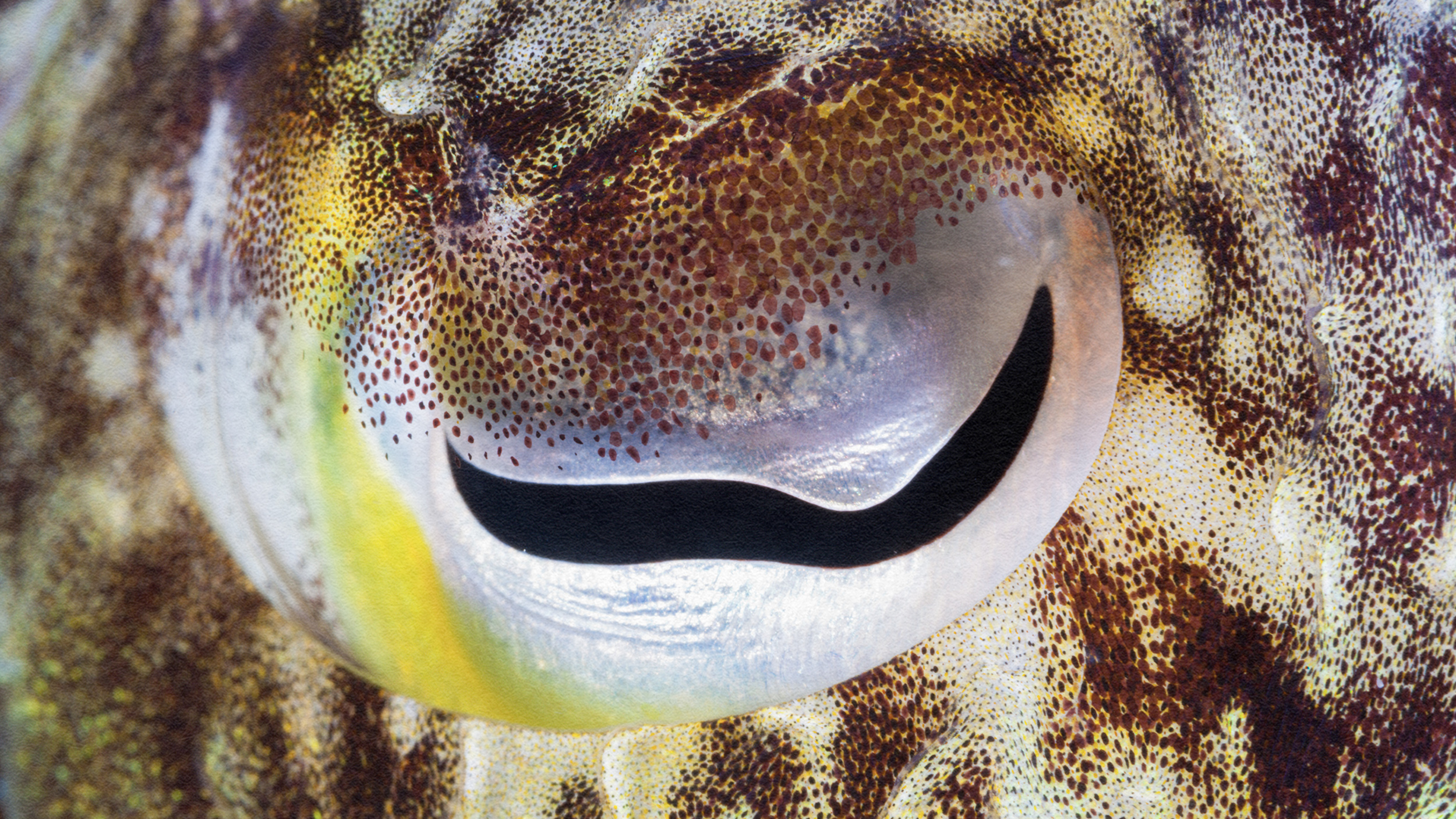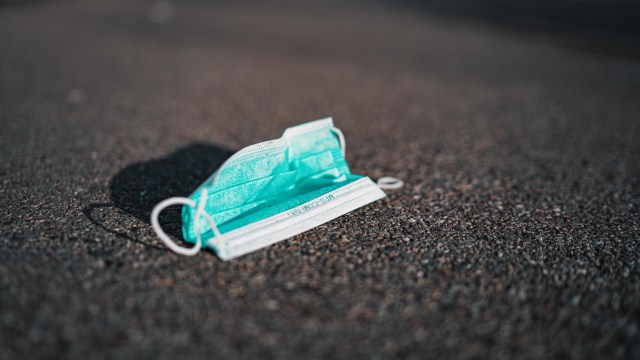Scientists discover why fish evolved limbs and left water

Credit: Karen Carr © The Field Museum
- A new study says solar and lunar tide impacts led to the evolution of bony fish and tetrapods.
- The scientists show that tides created tidal pools, stranding fish and forcing them to get out of the water.
- The researchers ran computer simulations to get their results.
Tides influenced by the sun and the moon were likely the reason why fish developed limbs and early tetrapods evolved, found new research.
The groundbreaking study took a look at tides during the Late Silurian—Devonian periods, which happened between 420 million years ago and 380 million years ago.
The scientists built their work on the theory that the Moon’s mass and specific location along its orbit can greatly affect vast tidal ranges across Earth and can create tidal pools. Because they are isolated from each other, the pools provided the biological motivation for fish stranded by high tides to eventually grow limbs.
The study involved researchers from UK’s Bangor University and Oxford University as well as Uppsala University in Sweden. They devised very detailed numerical simulations that proved the existence of large tides during the period they studied. They are first to tie tidal hydrodynamics to an evolutionary biological event, states the press release from the University of Oxford.
To come up with the simulations, the scientists employed paleogeography, the study of historical geography, to reconstruct the Earth’s continents within the numerical model. The calculations showed tides over four meters happening around the South China block. That area holds the known origin site of the earliest bony fish we know and has been a treasure-trove of the earliest fossils of that nature. Geological evidence also supports changes in tides to be lined to these fossils.
Neil deGrasse Tyson Explains the Tideswww.youtube.com
“Large tidal ranges could have fostered both the evolution of air-breathing organs in osteichthyans to facilitate breathing in oxygen-depleted tidal pools, and the development of weight-bearing tetrapod limbs to aid navigation within the intertidal zones,” states the paper.
The researchers believe further tidal simulations from early Earth can be used to recreate that far past with greater detail. The findings can help us understand more what roles tides played in diversifying early vertebrates or in causing extinction events.
Check out the study published in Proceedings of the Royal Society A.





